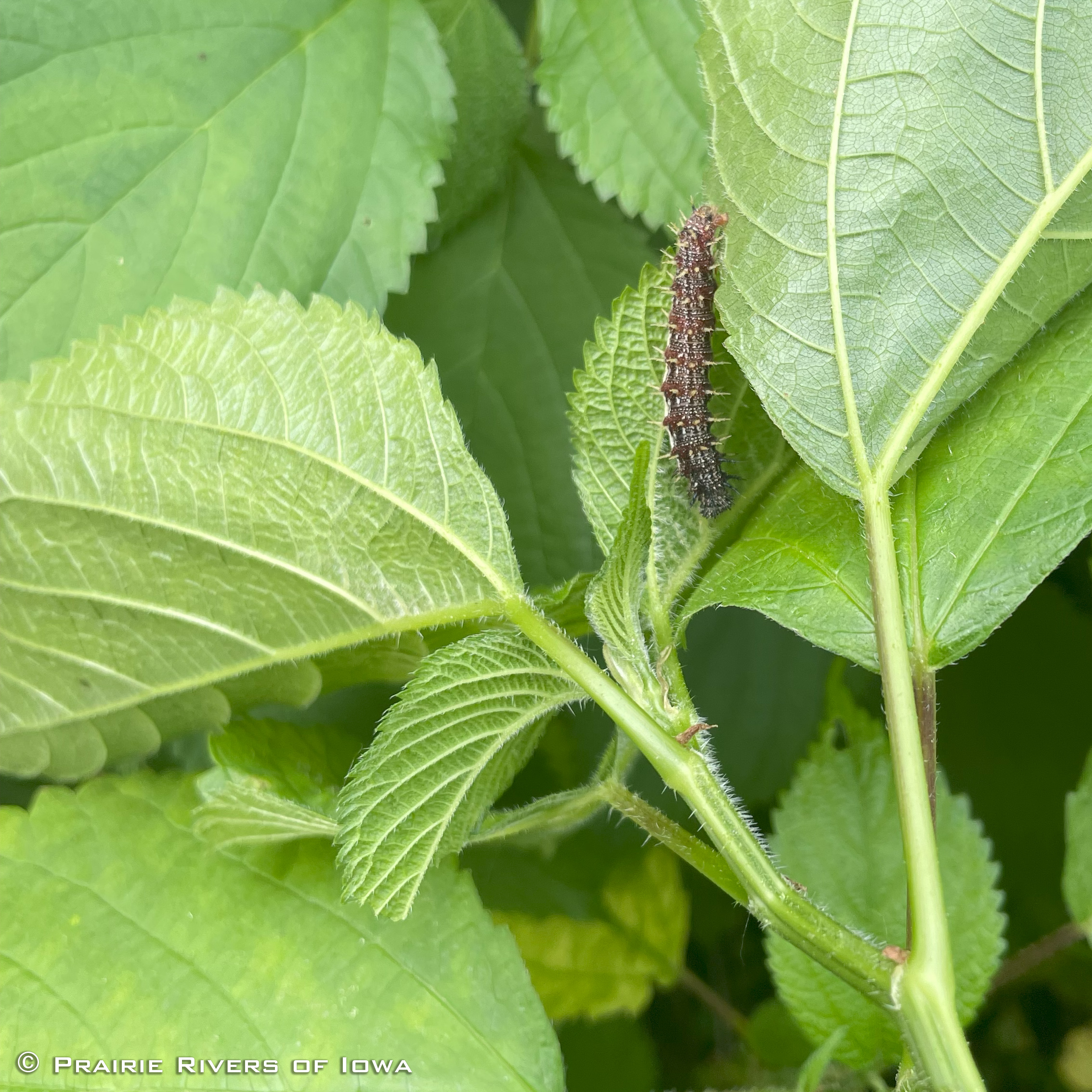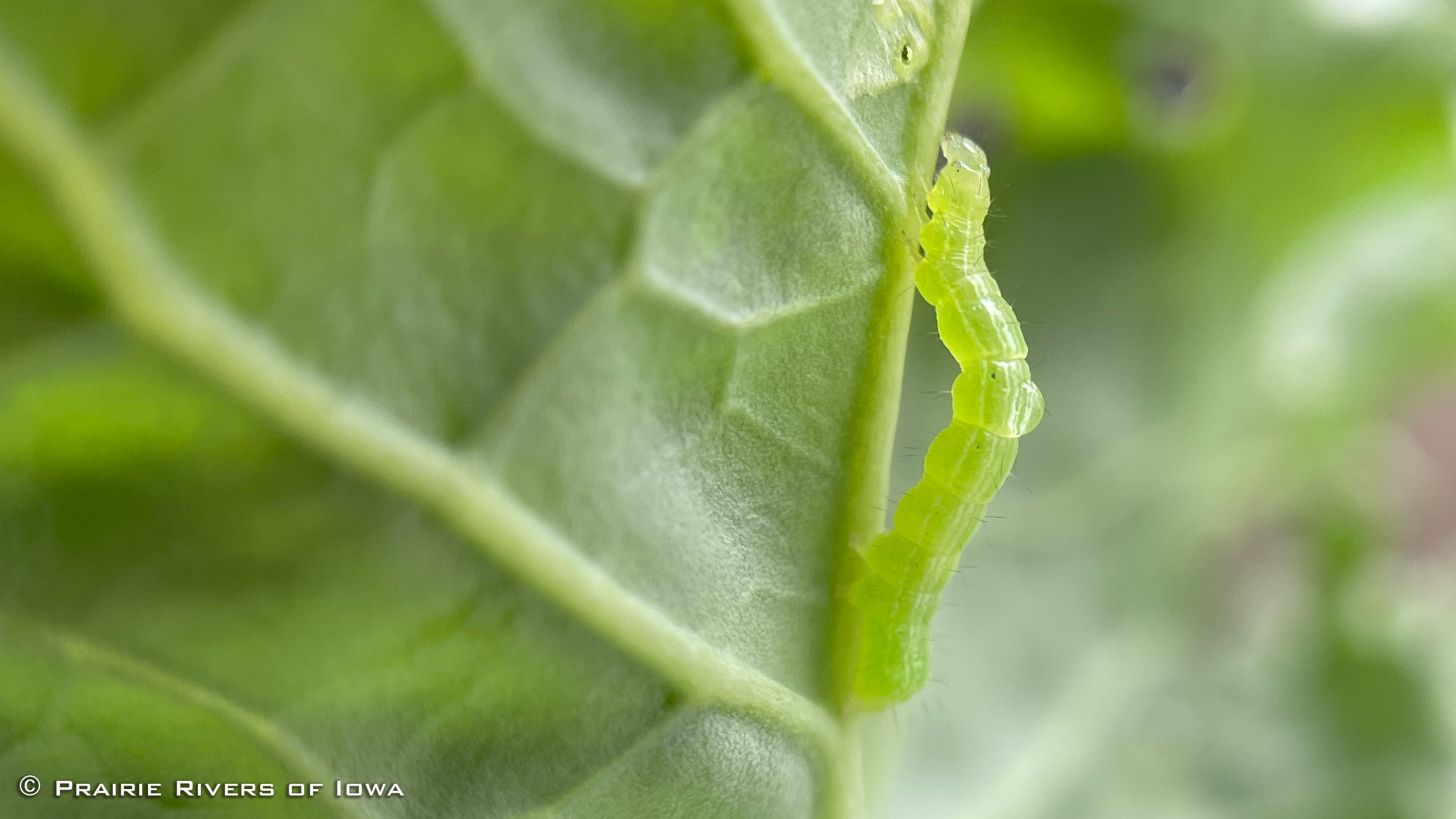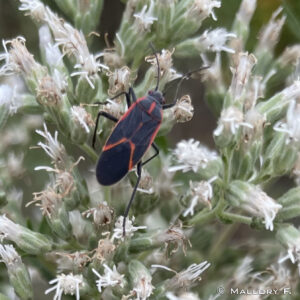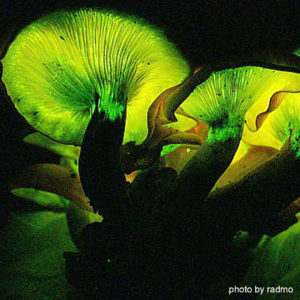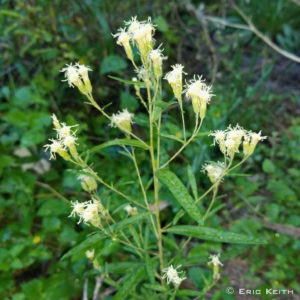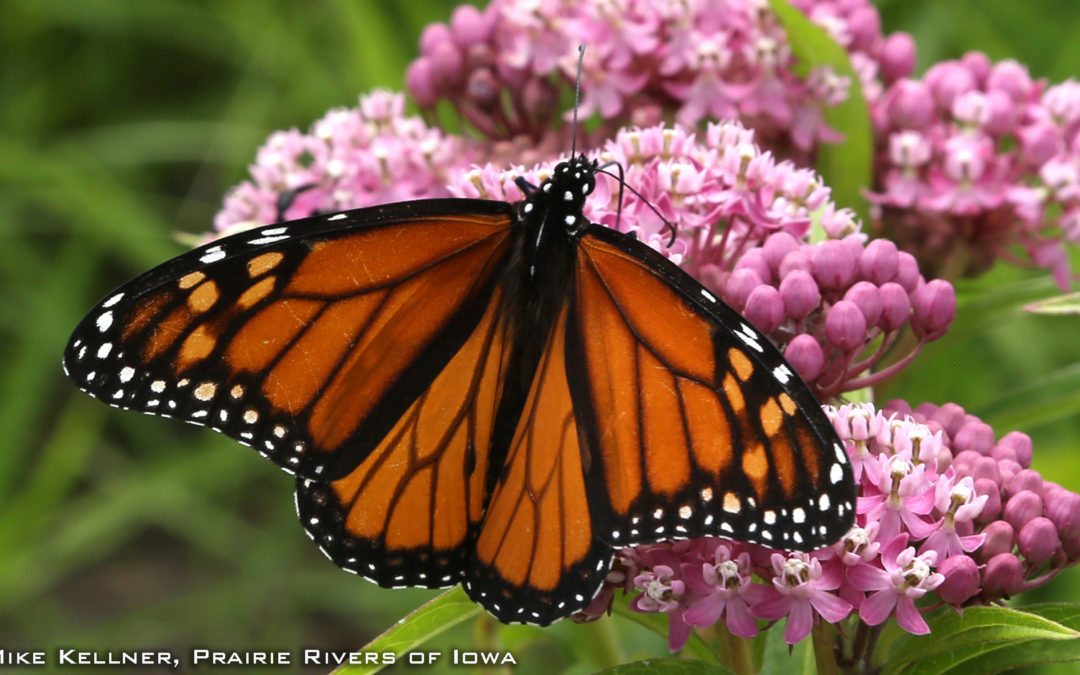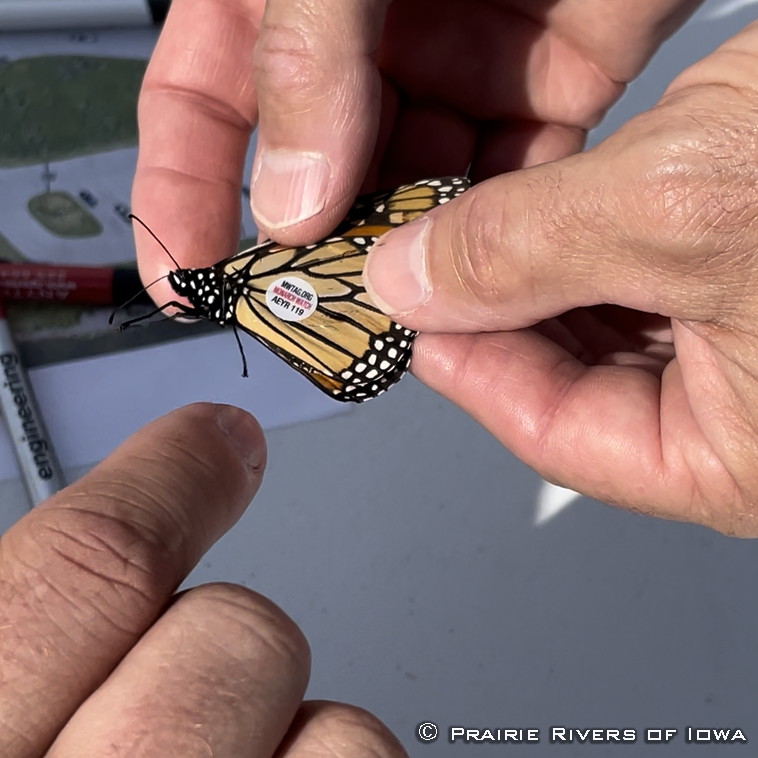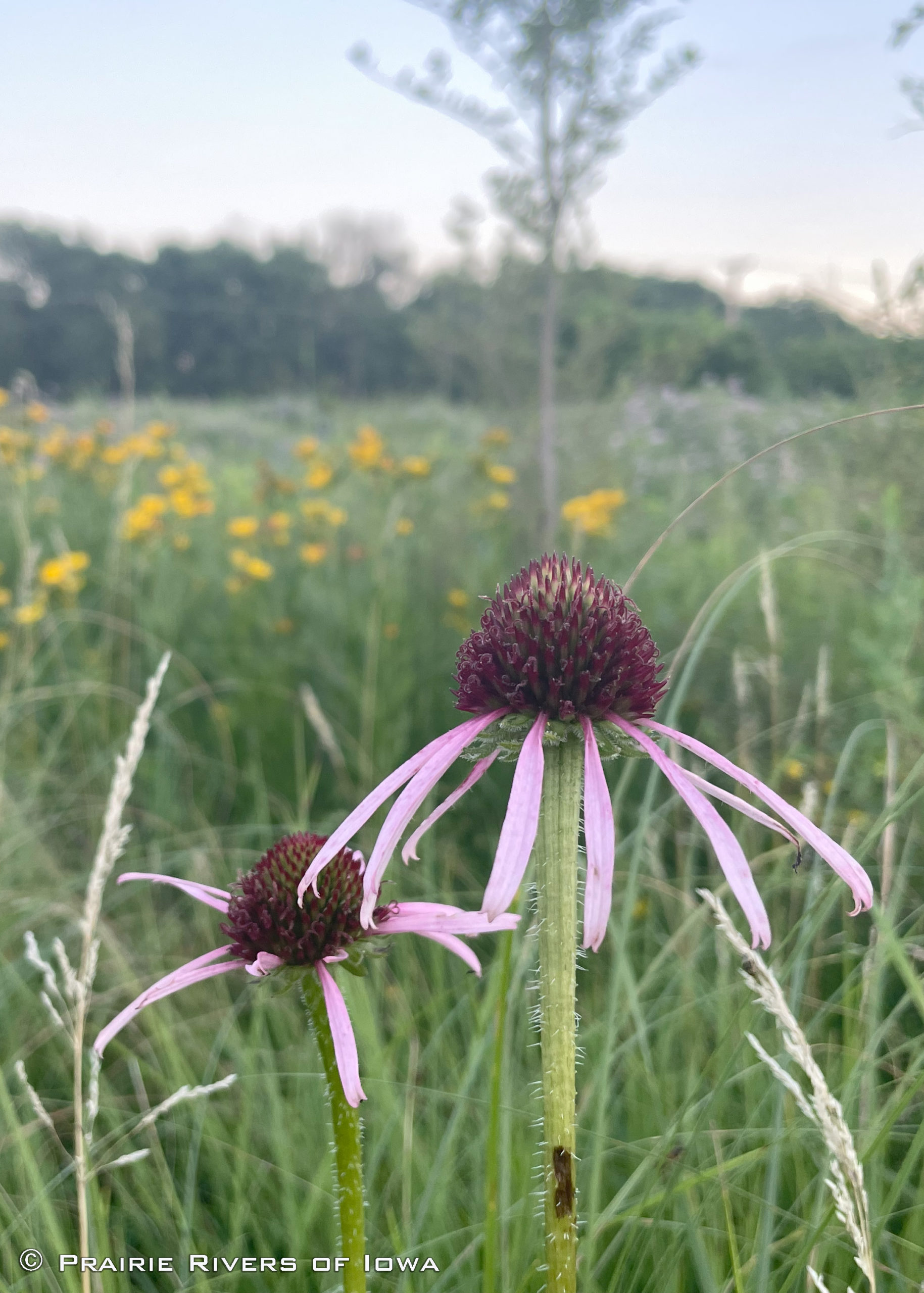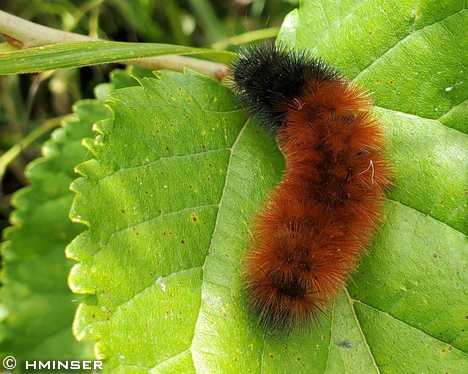
Inch Your Way to Loving Worms!
We won’t be talking about love or flowers this Valentine’s Day, but we will talk about some love-able critters that can eat flowers! They’re squishy, fluffy, or prickly, and sometimes called worms. They can be striped, spotted, or elaborately camouflaged. They are mini bird burritos, have secret appendages, and can trigger gag reflexes. They will become tomorrow’s moths and butterflies. We’re talking about CATERPILLARS!
What exactly is a caterpillar?
These curious creatures are the larval stage of growth in butterflies and moths. The term “caterpillar” is colloquial, and almost exclusively refers to moths and butterflies (although some moth caterpillars are also called “worms” or “inchworms”). Other insects have different terms for their larval stages, such as “maggots” for fly larvae and “grubs” for beetle larvae.
Most people know that the caterpillar/larval stage is one step in the development process called metamorphosis. But did you know that there are two general kinds of metamorphosis: “complete” and “incomplete”? The big difference between the two is that insects using complete metamorphosis go through a pupal stage (a period where they are inactive for a bit). Butterflies and moths go through complete metamorphosis because a caterpillar forms into a pupa when it develops into a chrysalis or rests inside a cocoon. Insects that go through incomplete metamorphosis do not go through a pupal stage (some examples include dragonflies, praying mantids, and crickets).
Why so squishy?
Back to caterpillars: why would any animal want to be small, slow, and squishy for a period of their life? What is the advantage, considering how tasty caterpillars are to birds, rodents, and many other animals? About 80% of insects (including bees, ants, fireflies, and more!) use complete metamorphosis to grow, which requires this vulnerable phase. Why is this?
Besides the pupal stage, another hallmark of complete metamorphosis is that the larval stage and adult stage have virtually nothing in common. Most scientists agree that this difference is key to the success of complete metamorphosis: young and adult insects don’t have to compete for the same resources. Caterpillars munch on leaves and grow in vegetation while moths and butterflies sip nectar and fly around looking for mates. But what about the fact that most caterpillars are specialists? Why would caterpillars evolve to be picky?
Why so picky?
To name two examples, monarch caterpillars can only eat milkweed, and red admiral caterpillars will only eat nettles. Wouldn’t it be much more advantageous to be able to eat any kind of plant, or at least a more general group of plants? Not necessarily. Specialist caterpillars seem to have better defenses against predation than generalist caterpillars: monarch caterpillars eat poisonous milkweed plants, and red admiral caterpillars hang out in nettles that sting – most animals will learn to avoid these caterpillars. Scientists also think that specialist caterpillars are better at identifying and choosing plants, and consequently eat more. Because so many caterpillars are specialists, it is imperative to plant as many native plants as possible if you want to help butterflies and moths. It’s surprisingly beneficial to be a picky, squishy caterpillar, but it’s still a dangerous world.
Worm weapons!
Plants can’t supply all necessary defenses – many caterpillars must deploy their own wacky weapons to defend their soft, protein-filled bodies. One tactic is coloration. Caterpillars can be camouflaged to look just like bird poop, or have colorful patterns to warn their predators they are poisonous or bad-tasting. Eastern tiger swallowtail caterpillars look almost exactly like miniature snakes, frightening off birds with their life-like eye spots. These caterpillars also have secret appendages, called osmeteria, that they strike out of their head to mimic a snake’s tongue! Other swallowtail species also have colorful osmeteria they can stick out in conjunction with nasty smells and sometimes irritating secretions (not harmful to humans). Other caterpillars take defense to new lengths: fecal firing.
You read that right. To help hide their smell from parasitic wasps, silver-spotted skipper caterpillars catapult their smelly frass (excrement) 38 body lengths away, a distance equivalent to 228 feet for a six-foot human! Curiouser still, some caterpillars like the walnut sphinx moth can squeak or whistle. The whistle sounds like a bird warning call, causing the hungry bird to drop the caterpillar. But let’s get into some hairier defenses.
Many caterpillars are hairy enough to make some 1980s bands jealous. Sometimes the fluff just means the caterpillars are cute; other times it means they shouldn’t be touched. Many fuzzy caterpillars can have hairs that break on contact, causing irritation on the finger or mouth that touched them. This doesn’t always affect humans; if you’ve handled woolly bear caterpillars before, you’ve handled these kinds of irritating hairs. Other caterpillars can have more irritating hair, or have specialized hairs that can actually deliver mild venoms. Puss caterpillars get a lot of media attention for the sometimes blistering results they can give to human skin, however there have been no sightings of these caterpillars in Iowa (puss caterpillars grow into a particular species of flannel moth). The buck moth and some slug and saddleback moth caterpillars can cause serious irritation, but sightings and encounters are very rare in central Iowa and symptoms normally do not need medical attention (for specifics on venomous caterpillars, read here). Most fuzzy caterpillars in Iowa are harmless or merely have irritating hairs. Removing hairs with tape, washing the area afterwards, and ice or baking soda paste is the best care for minor rashes from caterpillar hairs.
Pictures: Above, a touch-friendly woolly bear caterpillar. Below, a slug caterpillar that may irritate the skin. While not seen often in Iowa, some slug caterpillars can deliver more of a sting. Besides that, they look SO STRANGE! In nature they look like a spider’s shed exoskeleton, and are well-camoflaged in leaf debris. Read more here!
The last caterpillar defense tactic is one that we hope you aren’t dealing with this Valentine’s Day: manipulation. Some caterpillars can trick animals that are usually predators into being their caretakers! Many gossamer-winged butterflies (a family of butterflies comprised of hairstreaks, blues, coppers, etc.) exude pheromones as larvae that trick ants into thinking the caterpillar is a fellow ant. Some of these dainty blue butterflies use this trick to commit social parasitism! Exactly how they utilize ants varies for each species of this butterfly family; for today we will focus on Edward’s hairstreak, a species of special concern in Iowa. This species of butterfly munches oak leaves as a caterpillar, and utilizes mini shelters created by ants. As a young caterpillar, it stays in the trees. But as it grows older, the Edward’s hairstreak caterpillar eats in trees only during the night; as dawn approaches it drops to the base of the tree to hide in ant-made shelters called byres, which are small piles of thatch created from leaves, sticks, and other forest floor materials. The caterpillars secrete a honeydew as a reward for the shelter and protection the ants provide. This relationship is much more in the spirit of the holiday, giving us a loving mutualism rather than parasitism.
Above, an inchworm on my kale plants this year. Below, a monarch caterpillar that could be harmed by garden pesticides!
From beautiful colors to shooting feces and feeding ants, caterpillars are worthy of love and appreciation! To support this wonderful world of worms, be sure to plant a variety of native plants in your yard, and most importantly do not spray pesticides! Yes, many caterpillars will chew on your garden plant leaves. I suggest allowing a part of your garden to become a “nursery”, a subset of plants that you don’t mind getting eaten by caterpillars. You can “babysit” the caterpillars by moving them off the plants you care about and place them onto the plants in the nursery (using gloves if they are fuzzy). By not spraying pesticides and allowing caterpillars to stay in the garden, you win the fun of watching the caterpillars that ate your dill and carrots turn into black swallowtails! Keeping from spraying pesticides also allows you to enjoy bumble bees visiting your tomato plants and bees sleeping in your flowers. By tolerating the presence of insects and a few munched leaves, you can support an entire little ecosystem with your garden, and witness all the drama the insect world has to offer while pulling weeds and watering plants. Let the backyard garden be your gateway to the curious world of caterpillars!
Visit the following links to dive even deeper into the curious world of caterpillars!
– A list of butterfly/caterpillar host plants: https://henderson.ces.ncsu.edu/2021/05/plants-that-host-butterfly-larvae/
– More information on the importance of caterpillars: https://extension.psu.edu/a-case-for-caterpillars
– A fun read on caterpillars in the US: https://www.newyorker.com/magazine/2023/03/20/the-little-known-world-of-caterpillars
– More on metamorphosis: https://www.scientificamerican.com/article/insect-metamorphosis-evolution/
– More on ant-butterfly relationships: https://sites.tufts.edu/pollinators/2019/07/the-butterflies-who-are-raised-by-ants/




